Explain How Fungal Decay of Lumber Can Be Prevented
FSP or Fiber Saturation Point is the percentage of water content in a wood member when all free water water contained in cell cavities has evaporated but the cell fibers are fully saturated with water. If lumber is dried to 6-8 percent moisture content for indoor uses or 15-18 percent for outdoor uses it should not decay if the moisture content is maintained below 20 percent.

Deterioration Of Timber Thermal Insulation Northern Architecture
Explain how fungal decay may be prevented.

. Most wood decay can be prevented by simply keeping the wood dry. If the wood is water-soaked the supply of air to the interior of a piece may not be adequate to support development of typi-. When dry rot occurs the fungi break down cellulose and hemicellulose the components which give the wood strength and resilience.
Prevent buckling of studs in non-load-bearing walls. The wood is left weakened and brittle often with a blocky appearance. Soft rot brown rot and white rot.
Any external facing timber should be appropriately treated with waterproof paint or damp-proof membranes to prevent the ingress of water. By ensuring that the wood is relatively dry. The wood decayed by brown rot fungi is typically brown and crumbly and it is degraded via both non.
Dry rot also known as brown rot is wood decay caused by fungi which can ruin any wooden structures inside or outside your home. Excessive moisture above the fibre saturation point in wood is required for fungal colonization and proliferation. Thus wood will not decay if it is kept air dry and decay already present from prior infection will not progress.
A reasonable margin of safety against fungal damage. 116 the daily development of fungal decay is optimal d 1 for temperatures between 20 and 40C and wood MC between 35 and 70. A common cause of wood decay is when untreated wood is alternately ex-.
The Timber Information Service strongly recommends you to seek professional advice from a registered builder or building. Note on structural timbers affected by decay. Installing a crawl space dehumidifier or perhaps a full crawl space encapsulation is less expensive than replacing floor joists and mold removal.
Bridging channels are used to prevent the buckling of studs in load-bearing walls. Fungal decay occurs in timber which becomes wet for some time and is the result of the attack by one of a number of wood-destroying fungi. This thin prophylactic barrier prevents fungal spores from germinating on the wood surface and provides only short-term 56 months protection.
Wood can be too wet for decay as well as too dry. Some species of wood-decay fungi attack dead wood such as brown rot and some such as Armillaria are parasitic and colonize living trees. Most sawmills prevent stain and mold attack by either kiln drying or dippingspraying freshly sawn high grade lumber with a fungicidal solution to coat the wood surface.
On the other hand the growth of fungal decay may stop d 0 for temperature below 0C and for wood MC levels below fiber saturation point ie MC 2630. For example pathogenic fungi such as heartrot fungi can create habitat conditions for primary and secondary cavity-nesting wildlife species and can alter nutrient cycling Hennon 1995. Weight loss percentage relative to the control wood was negatively correlated with fungal species richness in fungal group E on DC 3 wood.
Full height gypsum boards are used on both sides of the wall to prevent the buckling of studs in load-bearing walls. A wood-decay or xylophagous fungus is any species of fungus that digests moist wood causing it to rot. Fungi that not only grow on.
Pay attention to seams or areas where two materials meet and water could collect. Surface Condensation can be prevented by increasing the R-value of the assemblyConcealed condensation can be prevented by installing a vapor barrier in the assembly and making sure there is a way for water vapor to escape in case it gets inside the assembly. SECOND EDITION BUILDING CONSTRUCTION PRINCIPLES MATERIALS.
Wood decay fungus is natural and can happen anywhere but that doesnt mean you have to let the wood in your home suffer this fate. Fungi can create decay in living trees that may be exploited as habitat by some animals. Apply remedial timber preservatives to kill existing rot or decay.
Explain how fungal decay of lumber can be prevented. Wood decay by fungi is typically classified into three types. Fungal Decay In Buildings Dry Rot and Wet Rot Dry rot and wet rot can affect buildings of all ages and if decay is discovered it should be identified and remedial action taken without delay.
If structural timber is affected by decay then the safety of that structure is at potential risk of collapse. Give at least three commonly used species of each 9. The mechanisms involved in the fungal decomposition of wood in living trees are complex and though the work by many researchers to investigate the processes of fungal ingress progression and establishment is abundant it is clear within industry conversation that the existing sometimes contrasting theories and models suggest that the specific colonisation strategies.
The typical moisture content in a wood member at fiber saturation point is. Explain how fungal decay of lumber can be prevented. -Use dry lumberless than 20 moisture -Store lumber off the ground and protect it from rain -Paint helps to prevent decay by protecting the wood from intermittent wetting - Use preservativepressure treated wood in recommended places.
Essentially you can keep your house alive. As shown in Fig. By taking the time to inspect and treat your wood you can prevent it from ever fully decaying away.
Describe the essential differences between softwood and hardwood trees. Dry out the timber as quickly as is practicable. Using sketches and notes explain the composition of a.
They say an ounce of prevention is worth a pound of cure so controlling humidity and moisture problems are vital to preventing wood rot fungus from setting up in your crawl space or basement.

Wood Decay In Trees Forest Pathology

Decay In Timber And Ways To Prevent Fungal Attack On Timber

Decay Fungi An Overview Sciencedirect Topics
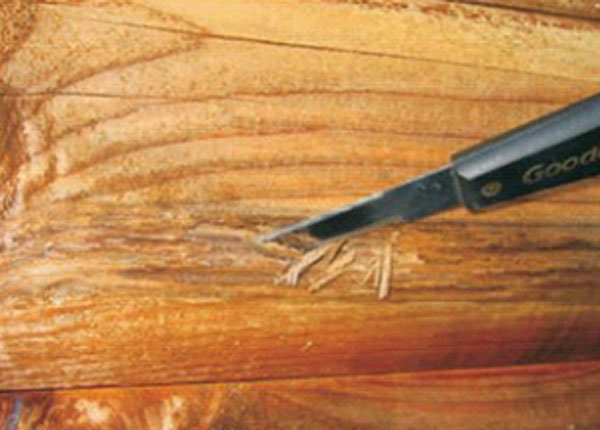
Wood Decay And How To Prevent Wood Rot

Wood Preservatives And Pressure Treated Wood Traditional Building

Chestnut Red Stain Identification Of The Fungi Associated With The Costly Discolouration Of Castanea Sativa Yurkewich 2017 Forest Pathology Wiley Online Library

Pdf Fungal Degradation Of Wood In Buildings
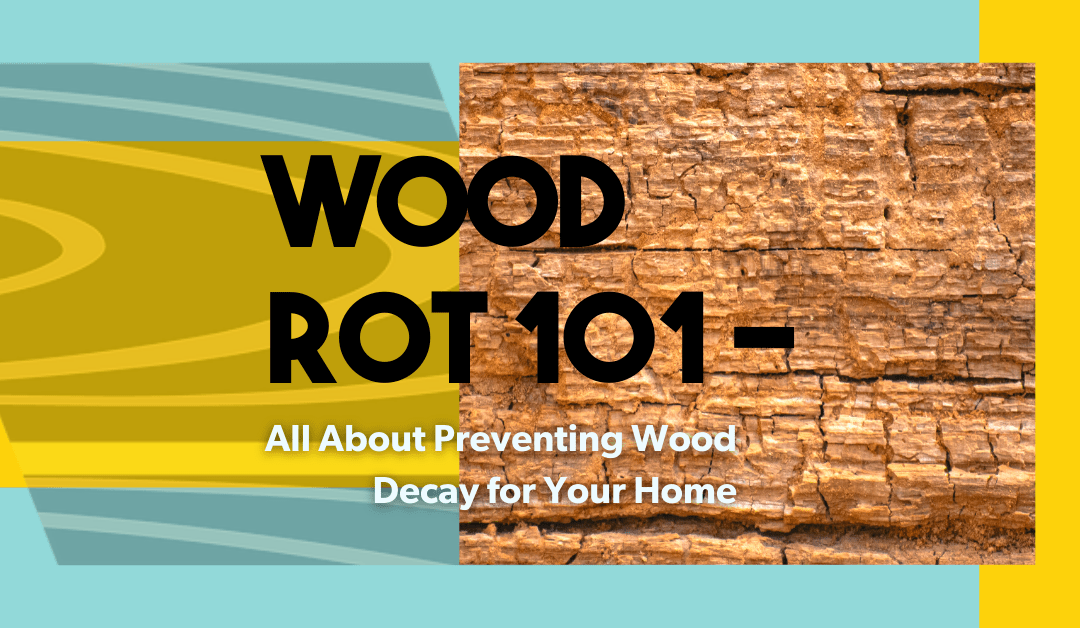
Wood Rot 101 All About Preventing Wood Decay For Your Home Wood Research Development Usa Can Aus

Wood Preservation Wood Destroying Organisms Kentucky Pesticide Safety Education
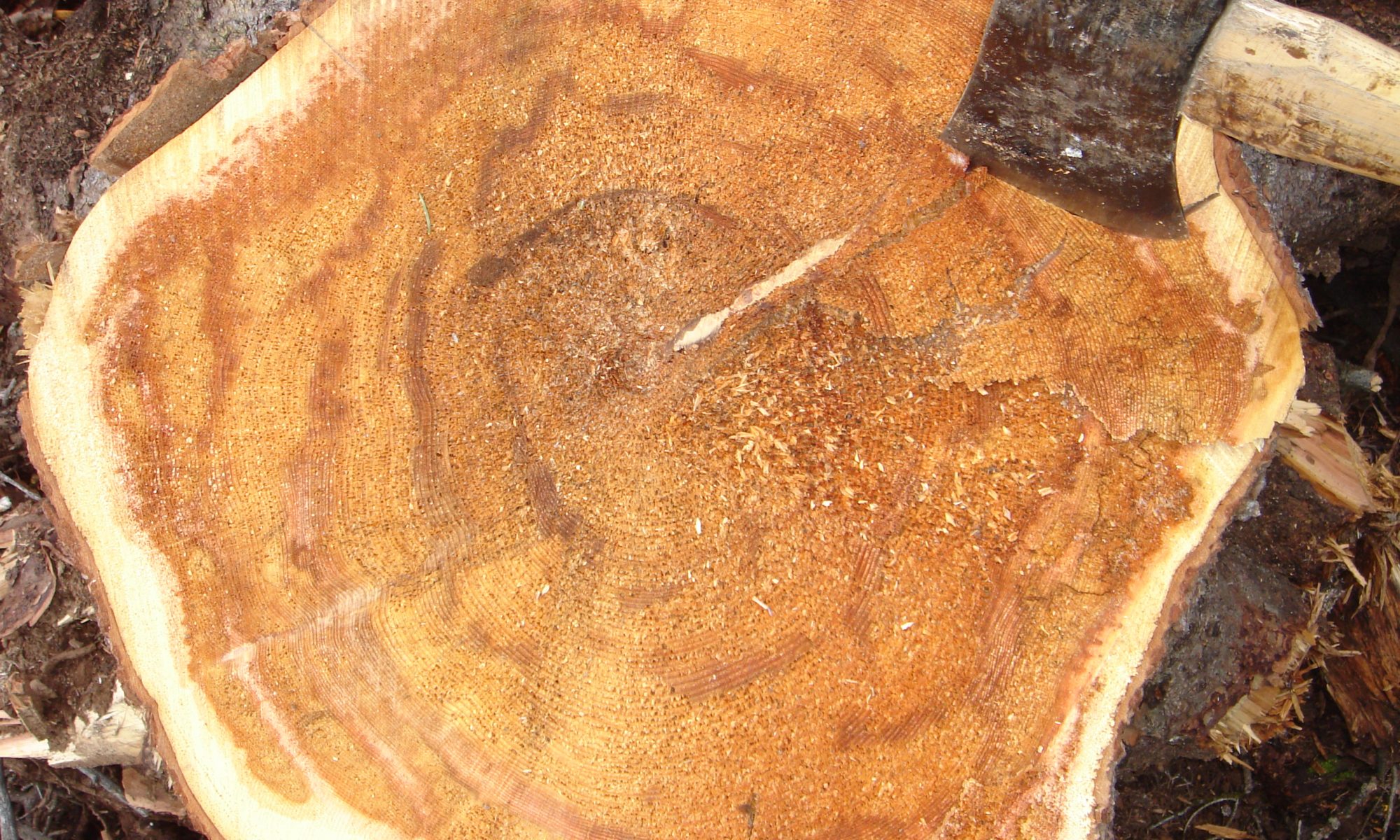
Wood Decay In Trees Forest Pathology

Decay In Timber And Ways To Prevent Fungal Attack On Timber

Decay In Timber And Ways To Prevent Fungal Attack On Timber

Pdf Wood Discolourations Wood Discolourations Their Prevention Their Prevention With An Emphasis On Bluestain

Decay In Timber And Ways To Prevent Fungal Attack On Timber

Pdf Indoor Wood Decay Basidiomycetes Damage Causal Fungi Physiology Identification And Characterization Prevention And Control
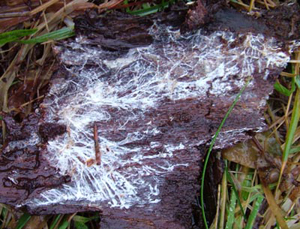
Wood Preservation Wood Destroying Organisms Kentucky Pesticide Safety Education
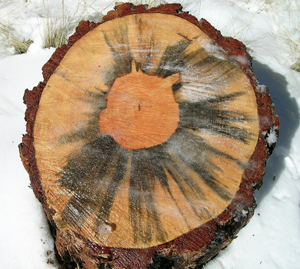
Wood Preservation Wood Destroying Organisms Kentucky Pesticide Safety Education


Comments
Post a Comment